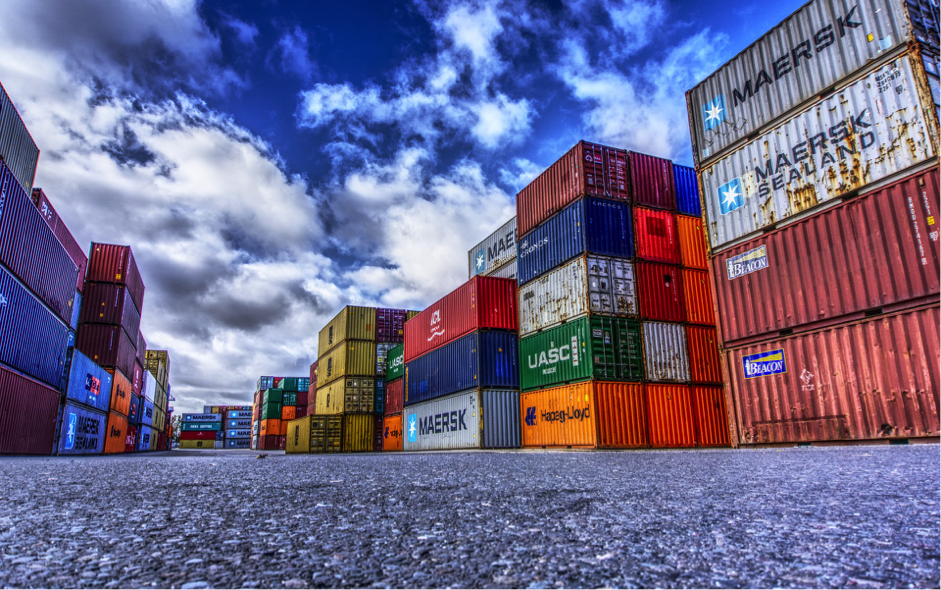Your Guide to Custom Export Documents: Their Types and Why They Matter
This is a guest post by Rabab Toor.
There is a lot of red tape involved in customs export paperwork, making international shipping a risky business. This article will go over nine shipping documents that are necessary for an export shipment to go smoothly and in accordance with international trade laws and customs regulations, so that your products can arrive at their destinations undamaged and on time. So, let’s get started!

1. Commercial Invoice
The following items are typically seen on a commercial invoice:
- Item description
- Price
- Quantity
- Packaging fees
- Weight/Volume
- Payment conditions
- Shipment details
- Goods insurance
This form must be completed and sent in to clear products for export. The information therein is used by customs to decide whether the shipment should be released. Thus, this document is crucial for a shipment’s paperwork because mistakes in it might lead to penalties, additional duties, or delays in shipments.
2. Export Packing List
An export packing list is a standard document in shipment records that includes information like:
- Shipment type
- Places of origin and destination
- Safety precautions
- Packaging and product information
- Names and addresses of exporter, receiver, shipper
- Voyage number
- Departure date
- Verified signature
With this document in hand, all parties participating in the shipment can rest assured that the products are stored, handled, and shipped correctly. Thus, the export packing list guarantees that everyone knows what is being transported so that they can handle it properly and safely.
3. Licenses & Permits
Certain goods, such as pharmaceuticals, dangerous chemicals, weapons, and defense equipment, require a specific export license. Depending on the type of commodities, several authorities may issue these licenses along with any necessary accompanying permissions. Serious repercussions, including shipment delays, confiscations, penalties, or even litigation, may ensue from a failure to get these licenses and permits.
4. Bill of Lading (BoL)
Between the shipper and the goods forwarder (or carrier), there exists a legally enforceable contract known as the Bill of Lading (BoL). This verifies the shipment’s dispatch and delivery by all parties involved, includes the cargo’s receipt, and lays out the rules of carriage. The goods can be released before or after transportation after this document is signed. It is essential to thoroughly check the BoL to avoid claims if the shipment gets damaged or lost. Also, a signed BoL by the carrier can be used as legal evidence in court to protect against asset theft.
5. Warehouse Receipt
The futures market relies on warehouse receipts, which are official documents attesting to the quantity and quality of commodities stored in a certified warehouse, to facilitate trade.
By integrating the best delivery management software, you can expedite the creation of warehouse receipts and simplify the tracking of stored items. Practical in-transit goods transfer over various chain links is also made possible by this software, along with precise stock & inventory management.
6. Air Waybill
An air waybill (AWB) gives the airline all the information they need regarding air-shipped items. The forwarder/shipper and the airline have entered into a legally enforceable agreement with this document. That way, the goods can be safely and easily transported along the aviation logistics chain.
7. Export License and Certificate Free Sale
This license allows goods to be sold or distributed in their home country. Consumers and throughout the world can buy them without any qualms because this document verifies that they meet all necessary safety and quality standards. While other nations may not require it, this document is often required for exports of certain products such as food items, cosmetics, biologics, or medical devices.
8. Insurance Certificate
An insurance certificate, as the name suggests, details the policy’s coverage and terms. It gives exporters peace of mind because they know that the products listed on this document are covered against damage and liability. Also, cargo insurance requirements vary. In some cases, insurance may not be required by law or carrier policy, but it is a smart safety net in case of unforeseen events like theft or transportation damage.
9. Certificate of Origin
This certificate serves as an exporter’s certification that the goods included in the cargo were manufactured or obtained from a specific country. It also verifies the export eligibility of the commodities, which is a requisite to ensure compliance with the requirements of the country of destination. When it comes to deciding what taxes and tariffs are payable on goods, this document is crucial, even in countries where it isn’t required or where a free trade agreement is in place.
Conclusion
Shipped products’ final destination, place of origin, and nature all play a role on how they are handled throughout transit. However, as we mentioned in our blog post, there are a few export documents that customs agents need in order to verify the legitimacy of a shipment, ascertain its entry or exit status, and collect any applicable fees or taxes.
This was a guest post by Rabab Toor.
Author Bio:
Rabab Toor is a content manager at the Squarepeg and a freelance writer. With a keen interest in technology, the latest trends in digital marketing, logistics, and crypto, she enjoys sharing her insights and expertise on Medium.





